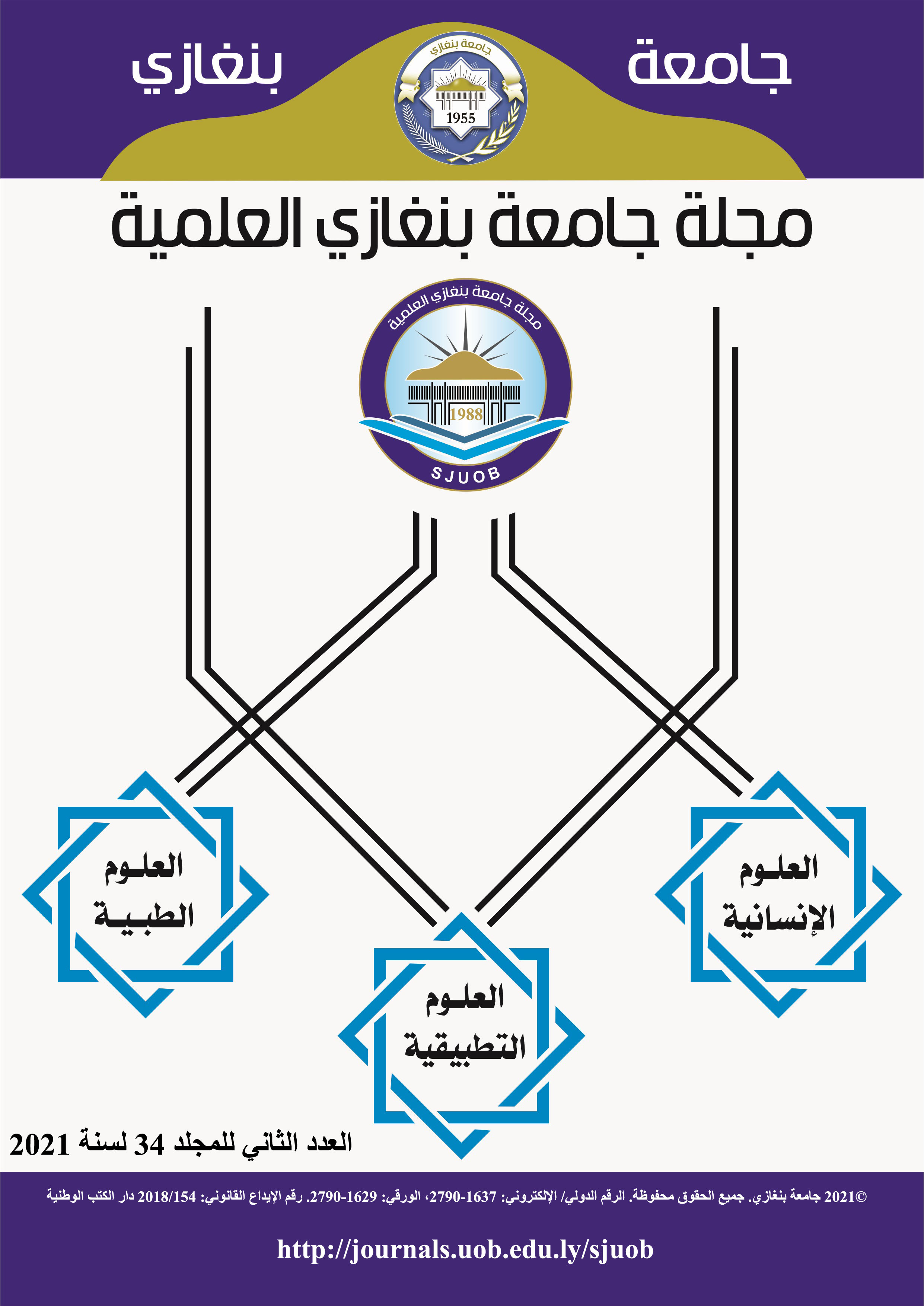Paleocurrent Analyses of the Sahabi and Wadi al Farigh Areas, Southeast Ajdabiya, Sirt Basin, Libya
DOI:
https://doi.org/10.37376/sjuob.v34i2.3226Keywords:
Al-Sahabi; Neogene; Paleocurrent; Sahabi Formation; Wadi Al FarighAbstract
Cross-beddings paleocurrents recorded from the Neogene sediments in the Sahabi and Wadi Al Farigh areas, northeast Libya were analyzed. The exposed rocks contained cross-bedding in the Sahabi area belonging to the upper Miocene "upper member" (Units 1, 2, 3) and the Pliocene lower part Member "V" of the Sahabi Formation. Cross-beddings in Unit 1 and Member "V" are represented by a paleocurrent towards the southwest direction, whereas in Units 2 and 3, the paleocurrent is towards the northeast direction. Cross-bedded strata in the Wadi Al Farigh area belongs to Wadi Al Farigh Member of the Sahabi Formation. Cross-beddings were originated by a paleocurrent flow that oscillated between northwest and southeast. Based on this data from both areas, sediments of the Wadi Al Farigh Member originated from the northwest probably due to the Mediterranean Sea, whereas sediments of Units 1, 2, 3, and Member “V” originated from the south and southwest most likely due to the Eosahabi River supply. Wadi Al Farigh Member may have acted as a migrated barrier bar of lime-sand shoal, which isolated the inland the Sahabi area at the south from the coastal area at the north. The isolation that occurred in the Sahabi area has restricted the depositional environments to sabkhas and lagoons, which are responsible for evaporitic deposits in the area.
Downloads
Downloads
Published
How to Cite
Issue
Section
License
Copyright (c) 2022 The Scientific Journal of University of Benghazi

This work is licensed under a Creative Commons Attribution-NonCommercial-NoDerivatives 4.0 International License.



















